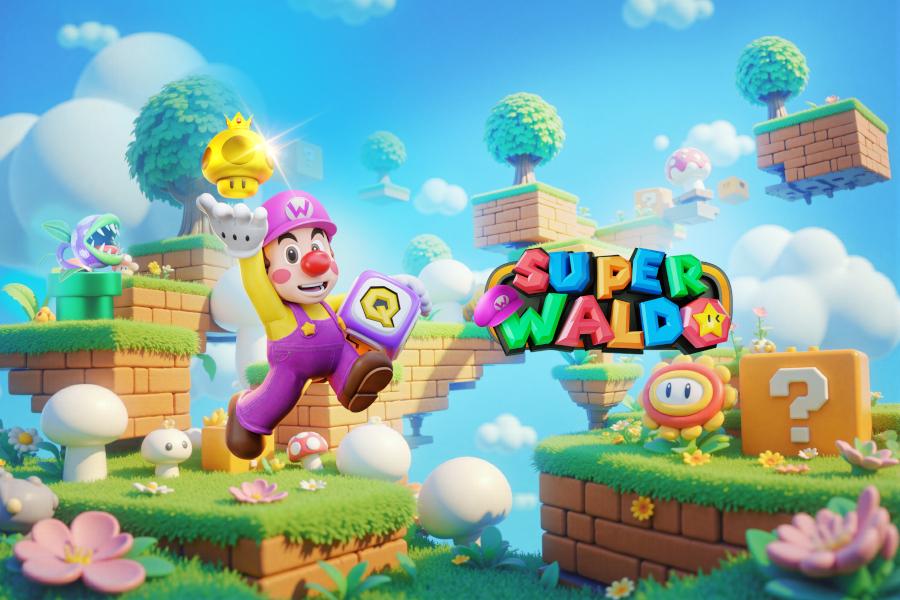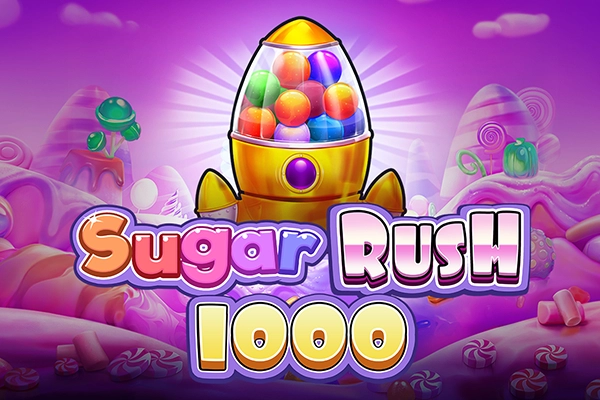Mega Bingo by Yellow Bat delivers a calculated alternative to traditional slots, focusing on number-based strategy. The game utilizes a subtle underwater Atlantis theme as a backdrop for its four-card bingo gameplay. Each round begins with an automated draw of 30 balls from a pool of 60, marking corresponding numbers across all active cards. Following the initial draw, the game’s core strategic element emerges through the Extra Ball feature. Players can purchase up to 12 additional balls, weighing the dynamic cost against the potential winning patterns. Key bonus mechanics include a multi-round Free Game feature with a unique sticky number accumulation system and a powerful Tai Chi Wild Ball. This high-volatility game structure centers around chasing valuable patterns, culminating in a 10,000x Mega Bingo jackpot. Mega Bingo is designed for players who appreciate tactical decision-making over purely chance-based outcomes.
Mega Bingo presents itself not as a conventional reel-based slot, but as a calculated, number-driven experience that falls squarely into the online bingo category. The immediate impression is one of function over form. Its visual design employs a minimalist aquatic theme, with a deep blue background and subtle outlines of submerged architecture suggesting a lost city. However, these elements are purely atmospheric dressing for what is fundamentally a game of probability and strategic choice, placing the focus squarely on the four bingo cards and the drawn numbers.
This game deliberately strips away narrative complexity to concentrate on the mechanical core. The audio-visual feedback is direct and unambiguous, serving to confirm marked numbers and announce wins without elaborate fanfare. This design choice will resonate with players who prioritize gameplay clarity and strategic depth over cinematic presentation. It operates with the straightforward efficiency of a digital bingo hall, an approach that defines its character and appeals to a specific player sensibility.

Core Gameplay Mechanics and Pacing
The foundation of Mega Bingo is built upon a four-card system. Each round commences with the player holding four active 5×3 bingo cards, each containing 15 unique numbers from a pool of 1 to 60. The total bet is distributed evenly across these four cards, a crucial detail as payouts are calculated as a multiplier of the per-card bet, not the total stake. Initiating a round releases an initial draw of 30 balls, which rapidly populate the display at the bottom of the screen and automatically mark any corresponding numbers on the cards.
The game's pacing is intentionally bifurcated. The initial 30-ball draw is a rapid, automated sequence that establishes the potential for various winning patterns. It is after this phase that the game's pace shifts, placing control back into the player's hands. If a significant win is within one or two numbers of completion, the game introduces the Extra Ball feature, fundamentally altering the rhythm from one of passive observation to active decision-making. This two-stage structure creates a compelling dynamic of initial chance followed by calculated risk.
Strategic Depth in Special Features
The true substance of Mega Bingo is revealed in its array of special features, which move the game beyond simple number matching and into the realm of tactical play. These mechanics require the player to weigh costs against potential rewards, making each decision impactful.
The most frequent strategic intersection is the Extra Ball option. When the initial draw leaves a card close to forming a valuable pattern, the game will offer the purchase of up to 12 additional balls, one at a time. The cost for each extra ball is not fixed; it is dynamically calculated based on the potential prize on the line. This creates a high-stakes risk-reward scenario where a player must assess whether the price of the next ball is justified by the probability and value of the potential win. Interspersed within this phase is the chance for a Free Ball to appear, a welcome random event that provides a no-cost opportunity to advance the game.
Adding another layer of strategy is the Tai Chi Wild Ball. This special purple ball can appear during the Extra Ball sequence. When it does, it functions as a wild, allowing the player to manually select any unmarked number on their cards to complete. The system provides a suggestion for the optimal choice, but the final decision rests with the player. This feature is particularly powerful, offering a direct way to complete high-value patterns that would otherwise be left to chance.
The most distinct bonus is the Free Game feature, which is triggered by achieving specific, mid-tier patterns on a card (a single horizontal line or a designated “L” shape). This is not a simple free spins round; it is an 8-round mini-game with a unique accumulation mechanic. Each of the 8 rounds begins with a draw of 27 balls. Following this, the player must select three golden balls from a separate display. If a number revealed by a golden ball is present on the triggering bingo card, that number becomes locked in place for the duration of all remaining free games. This “sticky number” system is analogous to a sticky wild in a traditional slot, progressively increasing the likelihood of forming additional winning patterns as the feature unfolds.

Finally, the game’s namesake jackpot, the Mega Bingo, offers the highest potential payout. This is a fixed prize of 10,000x the per-card bet, awarded for achieving a full-card blackout pattern within the initial 30-ball draw. This functions as a built-in, high-volatility chase element that adds a significant level of excitement to every base game round.
Mega Bingo is an analytical player's game. It will not satisfy those seeking visually rich narratives or the simple rhythm of a five-reel slot. Its strengths lie in its mechanical transparency and the genuine strategic choices it presents. The dynamic cost of the Extra Ball feature, coupled with the agency provided by the Tai Chi Wild, gives the player a tangible sense of control over the game's outcome that is rare in the genre.
The Free Game feature, with its methodical “pick and lock” system, is a well-designed bonus that rewards persistence and offers a clear path to accumulating wins. While the game's aesthetic is utilitarian, its architecture is solid. It is a robust, well-conceived bingo variant that respects player intelligence by making a series of cost-benefit analyses the central element of the experience.













